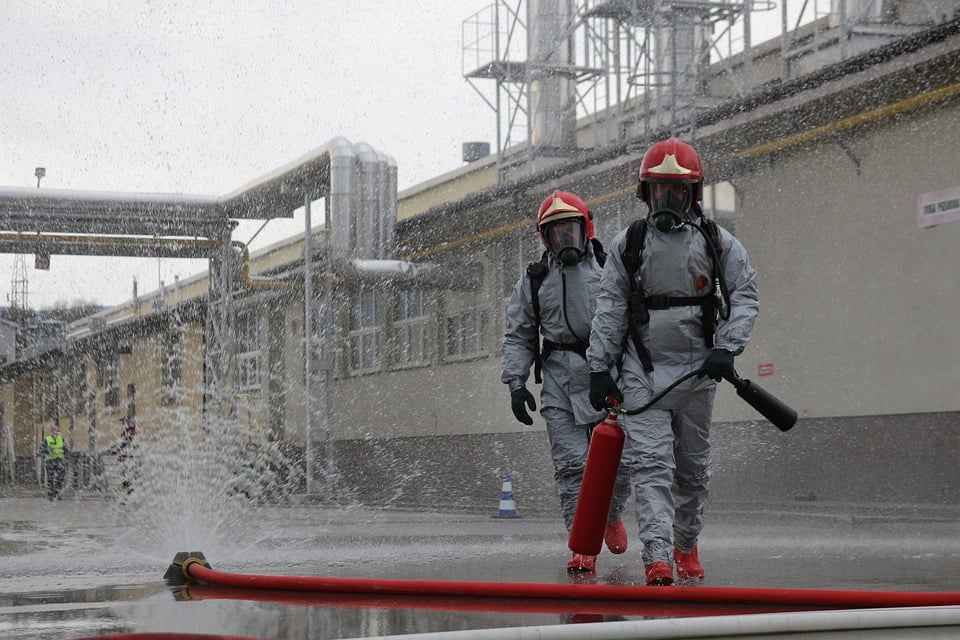Ammonia 101: What You Need to Know About the Chemical That’s Everywhere
Ammonia is a ubiquitous chemical that surrounds us in our daily lives. It’s used in a wide range of products and industries, from household cleaners to fertilizers to pharmaceuticals. But what exactly is ammonia, and how does it impact our environment and health? In this article, we’ll delve into the world of ammonia and explore its properties, uses, and potential risks.
What is Ammonia?
Ammonia is a colorless, pungent-smelling gas with the chemical formula NH3. It’s a highly soluble and toxic substance that’s composed of nitrogen and hydrogen atoms. Ammonia is a strong base, meaning it has a pH level that’s close to 14, making it capable of neutralizing acids.
Sources of Ammonia
Ammonia is found naturally in the environment, but human activities have significantly increased its production and release. Some of the main sources of ammonia include:
- Fossil fuel combustion: Power plants, vehicles, and industrial processes that burn fossil fuels release nitrogen oxides, which can react with water and oxygen to form ammonia.
- Agriculture: Livestock farming, fertilizers, and pesticides can release ammonia into the air and soil.
- Household products: Cleaning products, personal care items, and pharmaceuticals often contain ammonia.
- Industrial processes: The production of plastics, textiles, and other synthetic materials can release ammonia.
Uses of Ammonia
Ammonia has numerous applications across various industries, including:
- Household cleaning: Ammonia is a common ingredient in cleaning products, such as all-purpose cleaners and glass cleaners.
- Fertilizers: Ammonia is used to produce fertilizers, which help crops grow.
- Pharmaceuticals: Ammonia is used as a solvent and reactant in the production of certain medications.
- Industrial processes: Ammonia is used as a raw material in the production of plastics, textiles, and other synthetic materials.
Health and Environmental Concerns
Ammonia can have serious health and environmental impacts if not handled or released properly. Some of the potential risks include:
- Respiratory problems: Inhaling ammonia can cause respiratory issues, such as bronchitis and pneumonia.
- Eye and skin irritation: Ammonia can cause eye and skin irritation, especially at high concentrations.
- Environmental pollution: Ammonia can contribute to air and water pollution, which can harm aquatic life and ecosystems.
What Can You Do?
While ammonia is an essential chemical, it’s crucial to handle and release it responsibly to minimize its negative impacts. Here are some tips:
- Use ammonia-containing products safely: Always follow the instructions on product labels, and use gloves and ventilation when cleaning or using ammonia-containing products.
- Reduce your carbon footprint: Support renewable energy sources and reduce your energy consumption to minimize fossil fuel combustion.
- Support sustainable agriculture: Choose local, organic, and sustainable food options to reduce the demand for synthetic fertilizers and pesticides.
Image
[Image: A diagram showing the chemical structure of ammonia (NH3) and its various applications]
FAQs
Q: Is ammonia safe to use?
A: Ammonia can be safe to use if handled and released properly. However, it’s essential to follow the instructions on product labels and take necessary precautions to avoid exposure.
Q: Can I make my own ammonia-free cleaning products?
A: Yes, you can make your own cleaning products using natural ingredients like baking soda, vinegar, and lemon juice.
Q: How can I reduce my exposure to ammonia?
A: Reduce your exposure to ammonia by using products with alternative ingredients, supporting sustainable agriculture, and minimizing energy consumption.
Q: Is ammonia toxic?
A: Ammonia is toxic if inhaled or ingested in large quantities. It’s essential to handle and release ammonia with caution and follow proper safety protocols.
Q: Can I grow plants in an ammonia-rich environment?
A: While ammonia can be beneficial for plant growth in small quantities, high concentrations can be toxic to plants. It’s essential to monitor and control ammonia levels in greenhouses or indoor growing spaces.
By understanding the properties, uses, and potential risks of ammonia, we can take steps to minimize its negative impacts and promote a safer and more sustainable environment.



